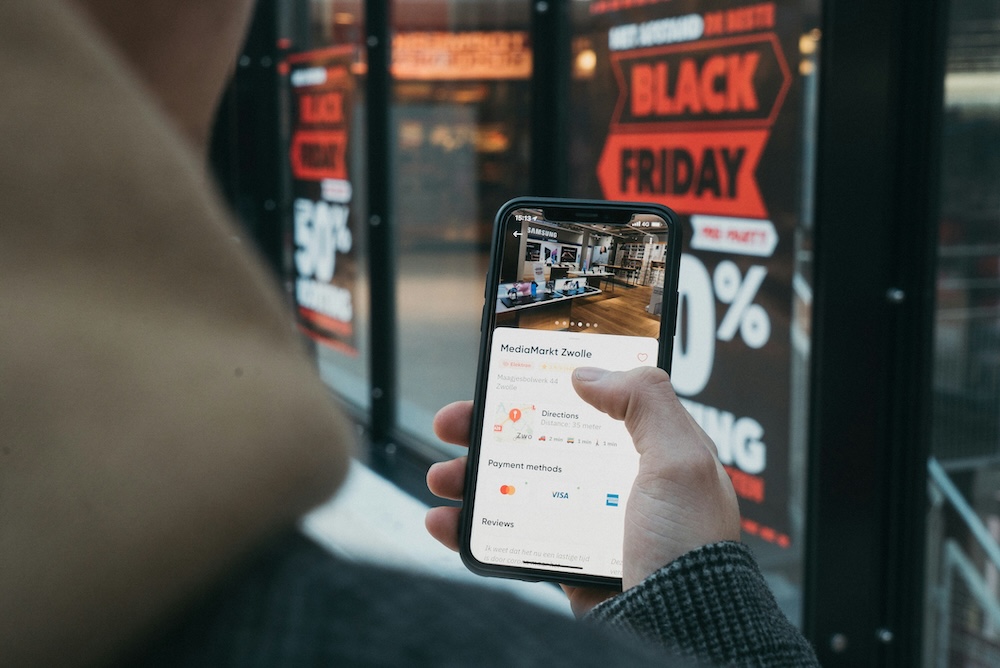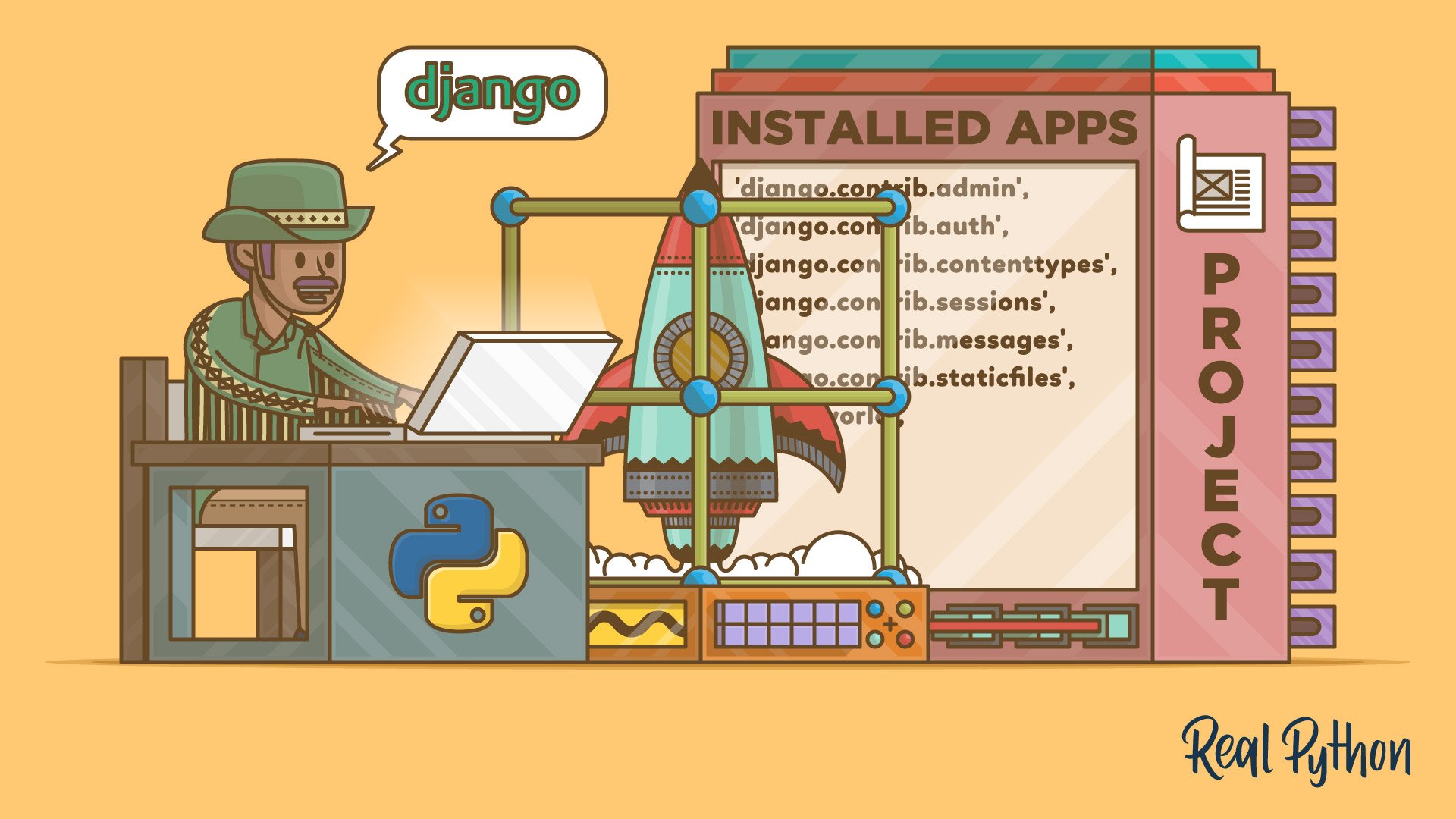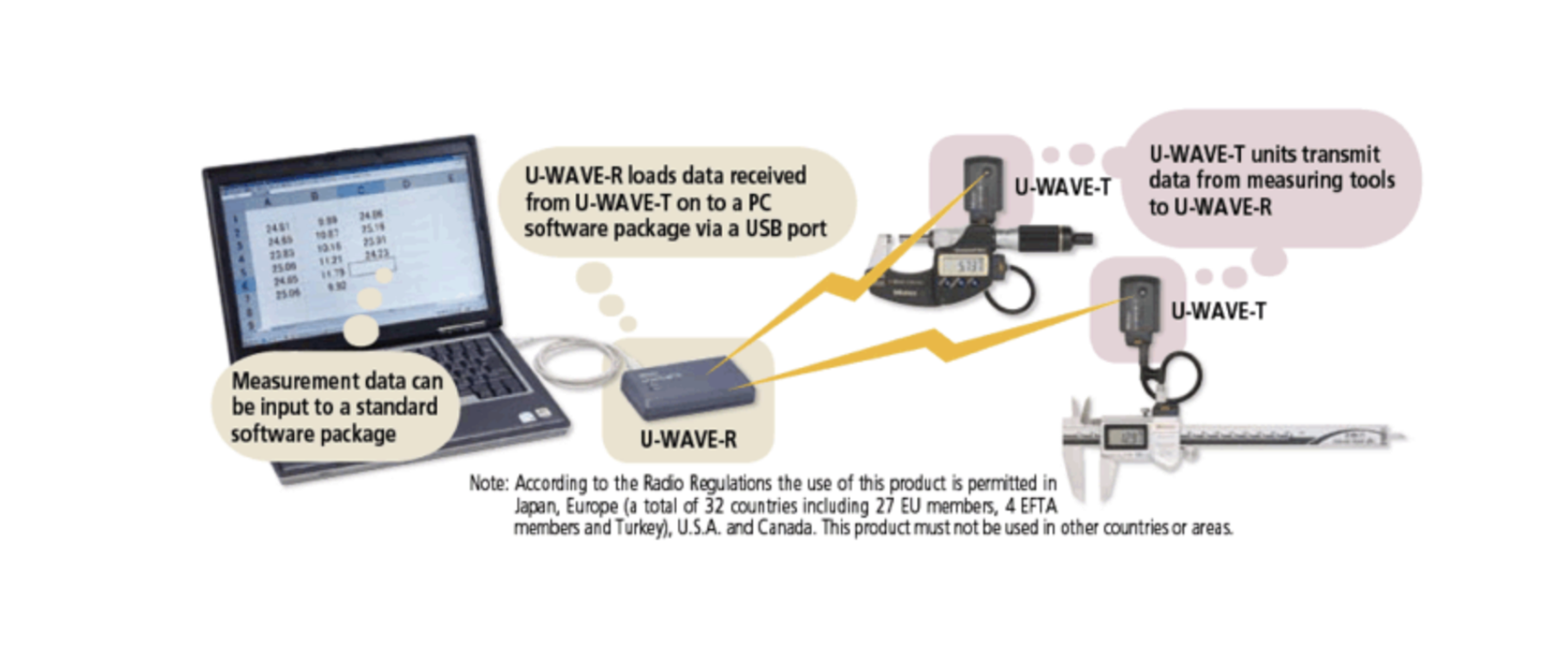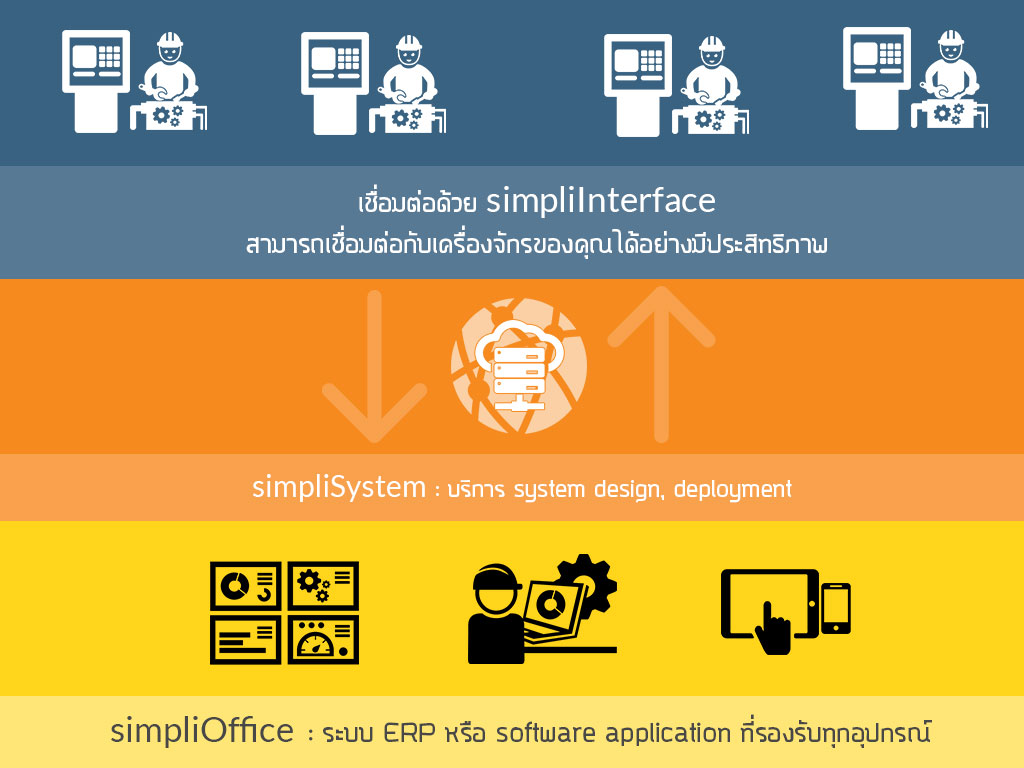How TAK Systems Transform Flood Disaster Response
When floods strike, every second counts. Roads vanish under water, communication networks fail, and chaos spreads quickly. Coordinating teams on the ground becomes a life-or-death challenge. This is where TAK (Team Awareness Kit / Tactical Assault Kit) steps in — a powerful situational awareness platform originally built for military use, now transforming disaster response worldwide.
🌊 Situational Awareness in Flood Zones
Floodwaters change landscapes rapidly. With TAK, responders can:
- Overlay live maps with satellite imagery, UAV footage, and flood model predictions.
- Visualize hazards in real time, such as submerged bridges, blocked roads, and areas at risk of flash floods.
- Integrate sensor data, like river gauges and rainfall monitors, to forecast dangerous rises.
Instead of relying on outdated paper maps or scattered reports, teams share a dynamic, common operating picture.
🚁 Coordinating Teams in the Field
Flood response often involves dozens of agencies — military, police, rescue divers, medical units, and NGOs. TAK streamlines coordination by:
- Tracking team locations (boats, trucks, helicopters) with blue-force tracking.
- Assigning missions directly on the map with geofenced tasks.
- Communicating offline through mesh networks, radios, or satellite when cell towers fail.
This reduces duplication of effort and ensures help reaches people faster.
📱 Collecting & Sharing Data in Real Time
Flood zones are unpredictable. TAK turns every field responder into a sensor:
- Geotagged reports: Teams send photos, videos, and notes about survivors, damage, or blocked roads.
- Crowdsourced input: Civilian versions (ATAK-CIV) allow volunteers to share flood impacts from their phones.
- Rapid assessments: Commanders gain instant visibility into where resources are needed most.
🛟 Use Cases in Flood Disaster Response
TAK has already proven itself in emergency scenarios, and for floods it can:
- Guide evacuation by showing safe routes as waters rise.
- Coordinate search & rescue, tracking boats and helicopters across submerged neighborhoods.
- Manage logistics by monitoring shelter capacities and supply routes.
- Assess damage by mapping affected homes, hospitals, and infrastructure.
🔗 TAK Flood Response Workflow
To understand how TAK connects the dots in a crisis, here’s a simplified workflow diagram:
┌─────────────────────────┐
│ Command Center (HQ) │
│ - Situational control │
│ - Task assignment │
│ - Resource monitoring │
└───────────┬─────────────┘
│
┌───────────────────────┼────────────────────────┐
│ │ │
┌────▼─────┐ ┌─────▼─────┐ ┌─────▼─────┐
│ UAVs │ │ Sensors │ │ Satellite │
│ - Live │ │ - Water │ │ - Backup │
│ imagery │ │ gauges │ │ comms │
│ - Flood │ │ - Weather │ │ - Mapping │
│ mapping │ │ data │ └───────────┘
└────▲─────┘ └─────▲─────┘
│ │
└───────────────┬───────┘
│
┌──────▼───────┐
│ TAK System │
│ - Real-time │
│ mapping │
│ - Blue force │
│ tracking │
└──────▲───────┘
│
┌───────────────┼─────────────────────────┐
│ │ │
┌────▼─────┐ ┌─────▼─────┐ ┌─────▼─────┐
│ Rescue │ │ Medical │ │ Volunteers │
│ Teams │ │ Units │ │ / Civilians│
│ - Boats │ │ - Field │ │ - Report │
│ - Trucks │ │ clinics │ │ flooding │
│ - Divers │ │ - Evac pts│ │ - Request │
└──────────┘ └───────────┘ └────────────┘This flow illustrates how information from UAVs, sensors, and satellites feeds into the TAK system, enabling the command center to coordinate rescue teams, medical units, and even civilians in real time.
✅ Conclusion
Flood disasters demand fast, clear, and coordinated action. The TAK system transforms chaos into clarity by giving every responder — from the commander to the volunteer — the same real-time operational picture.
With TAK in their hands, rescue teams save more lives, deliver aid faster, and rebuild communities stronger.
💡 Disaster response agencies, NGOs, and governments can integrate TAK into their flood preparedness plans today. The technology is proven, flexible, and already saving lives around the world.
Get in Touch with us
Related Posts
- 面向中国企业的系统开发:以 AI + 工作流安全集成电商与 ERP
- Global-Ready System Development for EC–ERP Integration with AI & Workflow
- 不可靠的“智能”系统所隐藏的真实成本
- The Hidden Cost of ‘Smart’ Systems That Don’t Work Reliably
- GPU vs LPU vs TPU:如何选择合适的 AI 加速器
- GPU vs LPU vs TPU: Choosing the Right AI Accelerator
- 什么是 LPU?面向中国企业的实践性解析与应用场景
- What Is an LPU? A Practical Introduction and Real‑World Applications
- 面向软件工程师的网络安全术语对照表
- Cybersecurity Terms Explained for Software Developers
- 现代网络安全监控与事件响应系统设计 基于 Wazuh、SOAR 与威胁情报的可落地架构实践
- Building a Modern Cybersecurity Monitoring & Response System. A Practical Architecture Using Wazuh, SOAR, and Threat Intelligence
- AI 时代的经典编程思想
- Classic Programming Concepts in the Age of AI
- SimpliPOSFlex. 面向真实作业现场的 POS 系统(中国市场版)
- SimpliPOSFlex. The POS Designed for Businesses Where Reality Matters
- 经典编程思维 —— 向 Kernighan & Pike 学习
- Classic Programming Thinking: What We Still Learn from Kernighan & Pike
- 在开始写代码之前:我们一定会先问客户的 5 个问题
- Before Writing Code: The 5 Questions We Always Ask Our Clients














